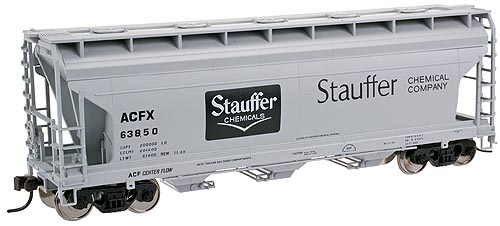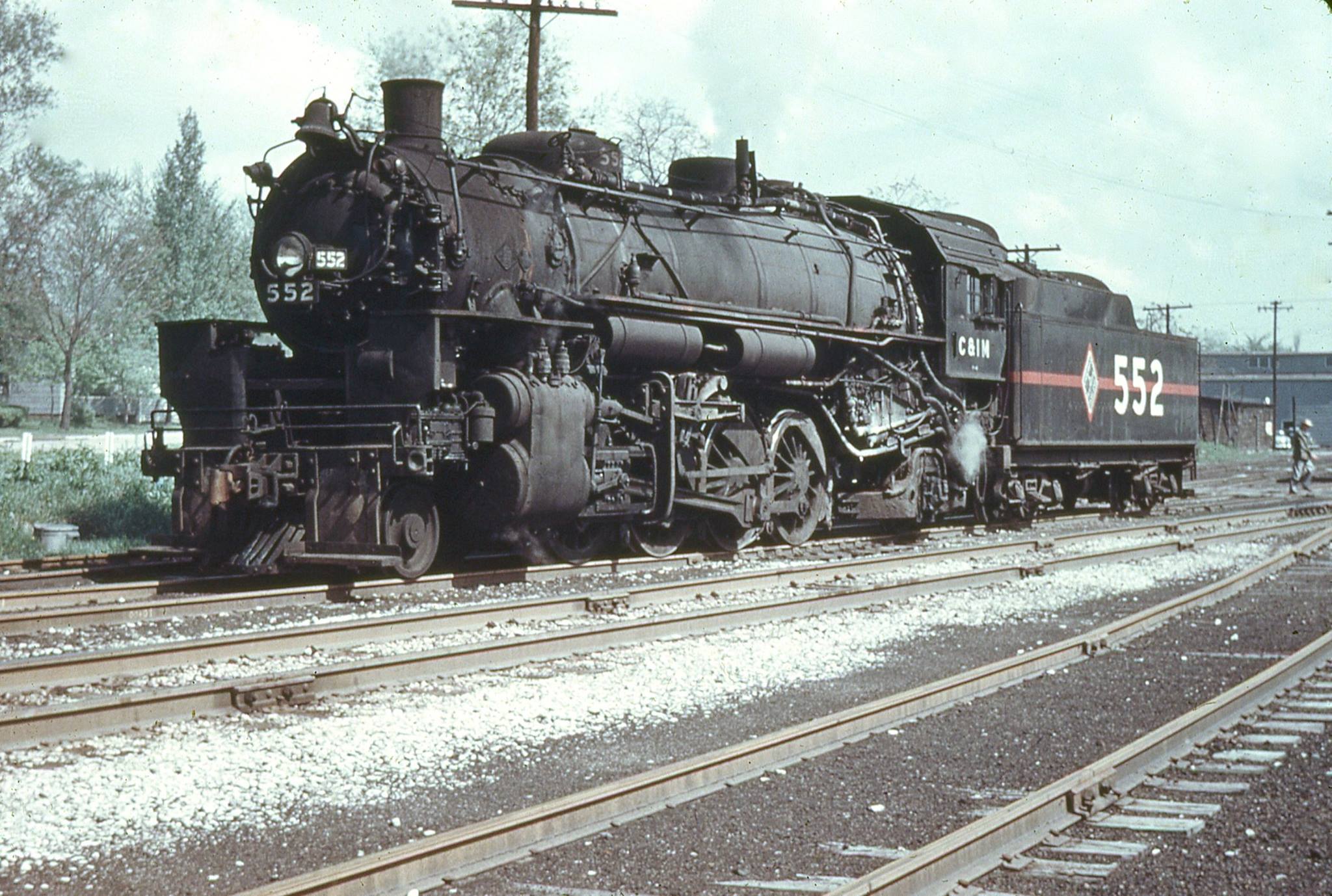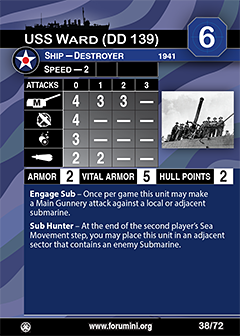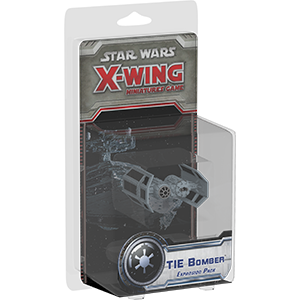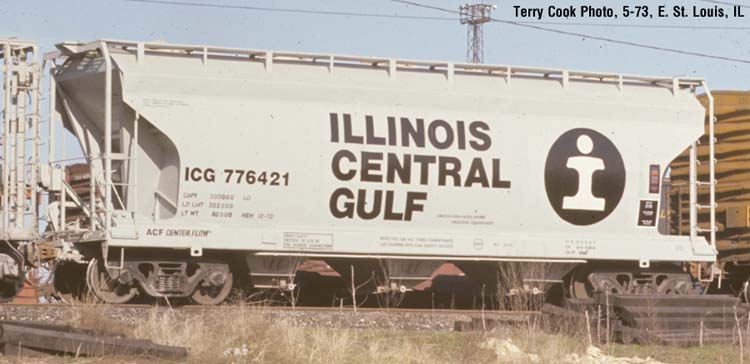Body Style Information: True scale dimensions with accurate details.
Weighted, detailed underframes.
Equipped with AccuMate® Knuckle Couplers.
Trucks equipped with free-rolling metal wheels.
Accurate painting and lettering.
Prototype Information: Covered hoppers such as these are used to transport any dry bulk material that you don't want exposed to the elements. Salt, fertilizer, some dry chemicals, and bauxite are common loads for this car. Over 200 were built from 1967 to 1972. The three-compartment ACF® 3560 Center Flow Covered Hopper was designed for the transport of high-density dry bulk ladings of 50 – 60 pounds per cubic foot. The 100-ton car was designed to fit into the smallest modern plate diagram dimensions, Plate B.
Road/Company Information: 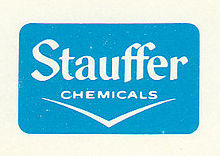 Stauffer Chemical Company is a former American chemical company which manufactured herbicides for corn and rice. It was acquired by Imperial Chemical Industries from Chesebrough-Pond's Inc. in 1987. In 1987, Stauffer's head office was in Westport, Connecticut. Late that year, Imperial sold Stauffer's basic chemicals business to Rh?ne-Poulenc S.A.
Stauffer Chemical Company is a former American chemical company which manufactured herbicides for corn and rice. It was acquired by Imperial Chemical Industries from Chesebrough-Pond's Inc. in 1987. In 1987, Stauffer's head office was in Westport, Connecticut. Late that year, Imperial sold Stauffer's basic chemicals business to Rh?ne-Poulenc S.A.
The company was founded in 1886 in San Francisco as a partnership between two young Europeans; a German, John Stauffer, Sr., and a Frenchman, Christian de Guigne. Ships exporting borax to Europe used sulfur as ballast. This ballast/sulfur became the inexpensive raw material for the newly formed company. The company was incorporated by John Stauffer, Sr., who died on March 4, 1940 at the age of 78.
In 1931, the company announced plans for a new manufacturing subsidiary, the Pacific Hard Rubber Company. Hans Stauffer, nephew of founder John Stauffer, Sr, who joined his uncle at Stauffer Chemicals in 1920 and who retired as president in 1967, died in 1986.
John Stauffer Jr., director emeritus of the company and son of the company's founder, died in 1972. The John Stauffer Laboratory for Physical Chemistry, the John Stauffer Chemistry Building at Stanford University, and the John Stauffer Science Center at Whittier College are all named after him.

The company was founded in 1886 in San Francisco as a partnership between two young Europeans; a German, John Stauffer, Sr., and a Frenchman, Christian de Guigne. Ships exporting borax to Europe used sulfur as ballast. This ballast/sulfur became the inexpensive raw material for the newly formed company. The company was incorporated by John Stauffer, Sr., who died on March 4, 1940 at the age of 78.
In 1931, the company announced plans for a new manufacturing subsidiary, the Pacific Hard Rubber Company. Hans Stauffer, nephew of founder John Stauffer, Sr, who joined his uncle at Stauffer Chemicals in 1920 and who retired as president in 1967, died in 1986.
John Stauffer Jr., director emeritus of the company and son of the company's founder, died in 1972. The John Stauffer Laboratory for Physical Chemistry, the John Stauffer Chemistry Building at Stanford University, and the John Stauffer Science Center at Whittier College are all named after him.
Brand/Importer Information: In 1924 Stephan Schaffan, Sr. founded the Atlas Tool Company in Newark, New Jersey. In 1933 his son, Stephan Schaffan, Jr., came to work for his father at the age of sixteen. Steve Jr. built model airplanes as a hobby and frequented a local hobby shop. Being an enterprising young man, he would often ask the owner if there was anything he could do to earn some extra spending money. Tired of listening to his requests, the hobby-store owner threw some model railroad track parts his way and said, "Here, see if you can improve on this".
Atlas has made a ton of wonderful products throughout the years and we often get questions one whether we have run a certain road name on a particular model. It should be noted that Atlas locomotives and rolling stock are greatly appreciated for their superior operating and running characteristics. Atlas products are also well known for their outstanding collectability not only due to their superior prototypical workmanship, details and decoration, but because there are relatively so few of them made. Each and every production run has been carefully built to market demand, meaning almost every piece in any given run is sold out by Atlas on arrival or shortly thereafter, thus creating a built in collectors market.
Atlas has made a ton of wonderful products throughout the years and we often get questions one whether we have run a certain road name on a particular model. It should be noted that Atlas locomotives and rolling stock are greatly appreciated for their superior operating and running characteristics. Atlas products are also well known for their outstanding collectability not only due to their superior prototypical workmanship, details and decoration, but because there are relatively so few of them made. Each and every production run has been carefully built to market demand, meaning almost every piece in any given run is sold out by Atlas on arrival or shortly thereafter, thus creating a built in collectors market.
Item created by: devsummers428 on 2020-01-16 17:40:14. Last edited by devsummers428 on 2020-05-07 00:00:00
If you see errors or missing data in this entry, please feel free to log in and edit it. Anyone with a Gmail account can log in instantly.
If you see errors or missing data in this entry, please feel free to log in and edit it. Anyone with a Gmail account can log in instantly.


